The wait was worth it for Duncan Shearer after he finally made the move to Aberdeen at the third time of asking.
The possibility of a move to Pittodrie was within touching distance twice for Shearer but it was certainly a case of third time lucky for the Highlander, whose five-year spell at Pittodrie has been recognised this week with his induction into the club’s Hall of Fame.
A total of 78 goals in 194 appearances – as well as Scotland recognition – only tells some of the story in what was an eventful spell for the player.
But Shearer’s Dons career could have been even longer after his first taste of training with the club.
Press and Journal columnist Shearer said: “I must have been 18 when I had a trial with the Dons while I was at Clach.
“I can remember spending the week there and we were training in the car park opposite the Main Stand at Pittodrie.
“It was with the reserves and I can remember Dougie Bell being there. He must have been coming back from an injury because he shouldn’t have been anywhere near us.
“He was a class above everyone and his close control was unbelievable. You could only stand and admire how good he was.
“It’s funny, I went back to play for Clach on the Saturday but the Dons wanted me to stay as they had a bounce game against one of the Angus teams planned the following Tuesday.
“I said I had to go home to Fort William to get some clothes and in the end they called to say the bounce game had been cancelled and that was the end of it.
“It took me 12 years to eventually find my way back there.”
Willie Miller offered Shearer his second – and third – chance at Dons move
Shearer’s hopes of a move to Aberdeen faded but the chance to play professionally came his way in England. He signed for Chelsea in 1983 and went on to have spells with Huddersfield and Swindon before the Dons came calling again in March 1992.
This time it was Shearer who made the decision not to return to Scotland but in hindsight it seems Shearer and the Dons was meant to be.
He said: “I was at Swindon when I was told Willie Miller was keen to take me to Pittodrie but Blackburn Rovers, managed by Kenny Dalglish at the time, came in for me and I decided to go there.
“Kenny was a childhood hero and I couldn’t say no.
“Blackburn won promotion to the Premier League at the end of the season and Kenny told me he was going to bring Alan Shearer in from Southampton but I was welcome to stay and fight for my place if I wanted.
“I must have been one of the first people in the country to know that deal was happening and I appreciated Kenny’s honesty.
“But I was 29, coming up for 30 and I wanted to play regular football so I said I’d like to move on if the chance came my way.
“I was friendly with a sports journalist in Ipswich called Mel Henderson.
“He also knew Willie so he gave him a call to let him know I could be available again if he was still interested and Willie got the ball rolling on a deal to take me to Pittodrie.”
Shearer made an instant impact at Pittodrie
Shearer was effectively the replacement for Dutchman Hans Gillhaus at Pittodrie and he was joined in making the move to the Granite City by a young midfielder from Blackburn named Lee Richardson and Celtic’s iconic captain Roy Aitken.
Shearer knew when he arrived, and stil maintains today, moving to Aberdeen was the best decision he ever made in his career.
He said: “My five years with Aberdeen was the most enjoyable spell of my career.
“The aura of Sir Alex Ferguson was still lingering around Pittodrie when I arrived due to guys like Willie, Alex McLeish and Stewart McKimmie being there.
“They knew what it took to play for him and the standard expected at the club in the 1980s and it was still present when I arrived.
“Willie also asked me about Lee Richardson, who had been a team-mate at Blackburn.
“I told him he was like Willie was as a player, 100% commitment. But off the park he was an interesting character.
“Lee was a classy player but he had a real competitive streak to him – as a few Rangers boys found to their cost when we played them – and the Dons fans loved him for it.
“I remember Willie nudging me one day and putting a club tie in my hand before asking me to go to Lee and ask him to put it on. It just wasn’t Lee’s style but he did it.
“Then there was the time we went to play Hibs at Easter Road and there had been a group of drummers rehearsing on the pitch for their pre-match entertainment.
“The drums were still lying there and Lee wasted no time in having a go. He was handy on the drums as well.”
From trophy challengers to relegation mire
Shearer’s first season was a memorable one as he scored 27 goals as the Dons finished runners-up in all three domestic competitions.
Dons boss Miller tweaked his squad further in the summer of 1993 as Jim Bett and Paul Mason moved on with Ray McKinnon and Joe Miller arriving.
But again the Dons had to settle for being runners-up to Rangers in the league.
Miller tinkered again, adding Billy Dodds, Colin Woodthorpe and John Inglis to his squad while young winger Stephen Glass was promoted from the youth team.
Their arrivals signalled the end of Gothenburg Great Alex McLeish’s career with the Dons while Mixu Paatelainen, Richardson and Theo ten Caat also moved on.
As a result the 1994-95 campaign was quite the rollercoaster for both Shearer and the club.
Shearer recalled: “We finished runners-up in all three competitions to Rangers in my first season and we ran them close in the league the following year too.
“But in the 1994-95 season I missed eight weeks due to a knee injury. In my first game back Gordon Hunter of Hibs caught me on the same knee and I was out for another eight weeks.
“It ended up being a real rollercoaster of a season as Willie lost his job, Roy Aitken took over, we lost to Stenhousemuir in the Scottish Cup and we needed to win a play-off against Dunfermline to stay up.”
Fans were pivotal in Dons survival bid
Aberdeen beat Dunfermline 6-2 on aggregate to stay in the Premier Division but it was the penultimate league game, a 2-1 win against Dundee United, which proved pivotal with the victory taking the Dons off the bottom of the division.
Shearer said: “We won the two-legged play-off comfortably but our second last game of the season against Dundee United was unbelievable.
“Pittodrie was packed that day for a game we had to win and it was the biggest and loudest home game I played in during my time with the club for sure.
“The supporters knew we needed them and they did their bit when it was needed most.
“People talk about pressure in football but nothing compares to fighting to survive.
“I know from my time at Caley Thistle how important staying up is as I lost my job as a coach there following the club’s relegation as they couldn’t afford to run a reserve team when they went down.
“It was the same as a player at Aberdeen. When you know jobs are at stake and people are relying on you to do something it’s a heavy weight to carry.
“I tell anyone who will listen we wouldn’t have done it without the fans.”
Cup glory just a few months later
With Aitken now in charge the Dons bounced back from their relegation-haunted campaign by winning the League Cup in 1995, with Shearer and Dodds scoring in a 2-0 win against Dundee at Hampden.
But, as the years went by, Shearer’s game time started to decrease and his time at the Dons was near an end.
He said: “By the time the 1997-98 season had started I wasn’t playing regularly.
“I was on the bench a lot as Michael Craig was getting game time ahead of me and the last thing I wanted was to be doing 10×100 yard and 10x50yd runs at the end of every game.
“It was like doing pre-season training every week to try to stay fit. I was 35 and needed regular football at that stage of my career.
“Alex McLeish wanted me at Motherwell but Roy wasn’t keen on that one in case the decision came back to bite him but Caley Thistle were in the old First Division at the time and Roy was willing to let me go there.”
Shearer, who returned to Pittodrie as assistant to former manager Steve Paterson, retains a fondness for the Dons following his time with the club.
He is honoured to be joining Dougie Bell, Frank McDougall, Davie Robb and Russell Anderson in being inducted in the 2022 class at the club.
He said: “I’ve always said Aberdeen was the best club I played for and I had a great relationship with the people and the fans there.
“I’m truly humbled to be going into the Hall of Fame at the club and I’ve been looking forward to this ever since the club informed me I was going in.”
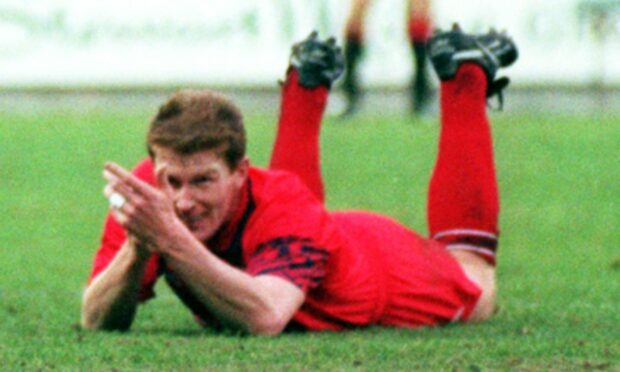
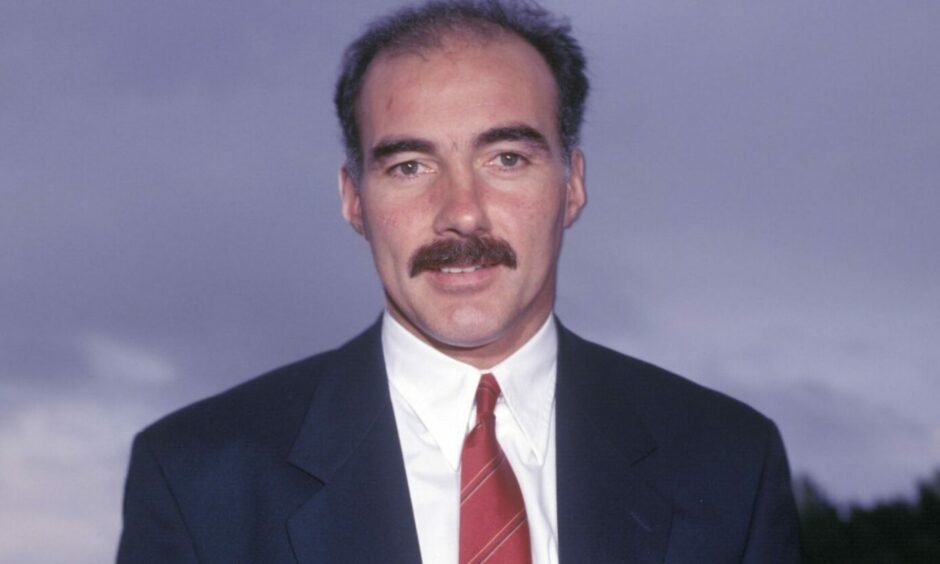
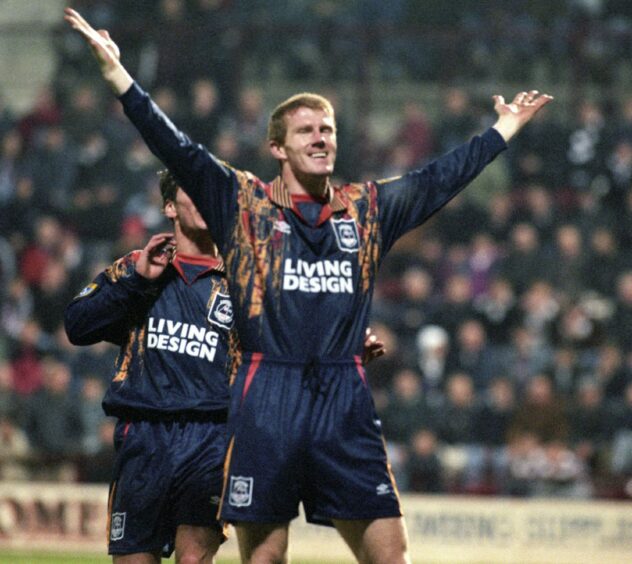
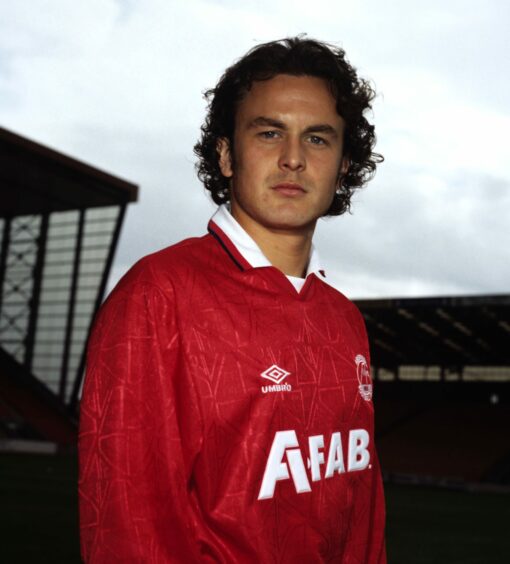
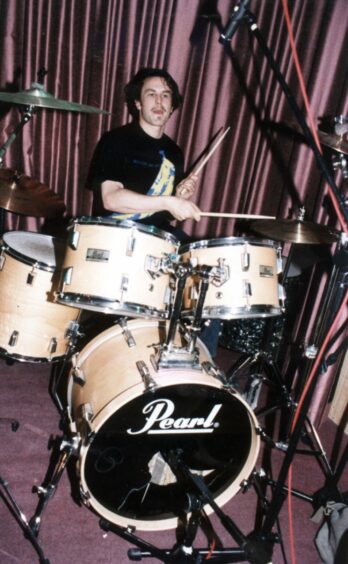
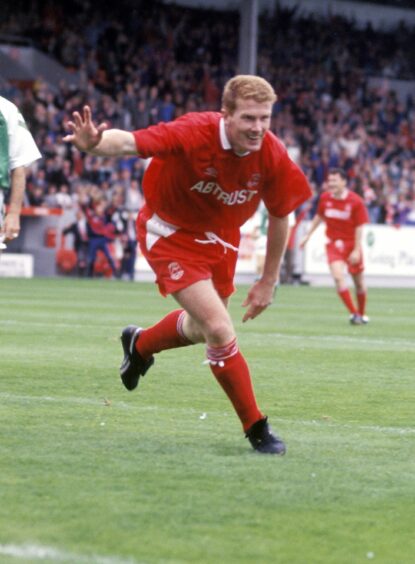
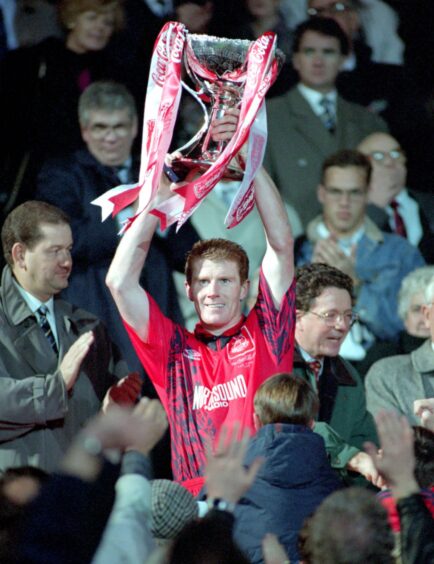
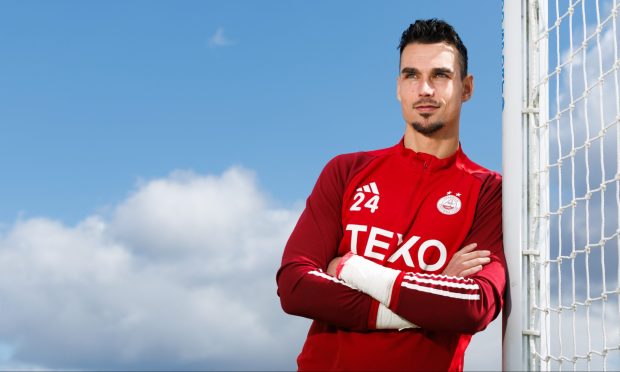
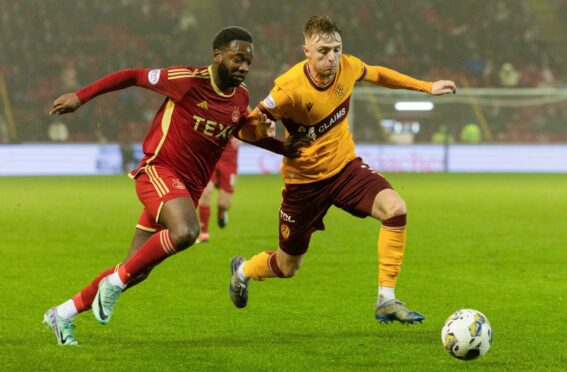
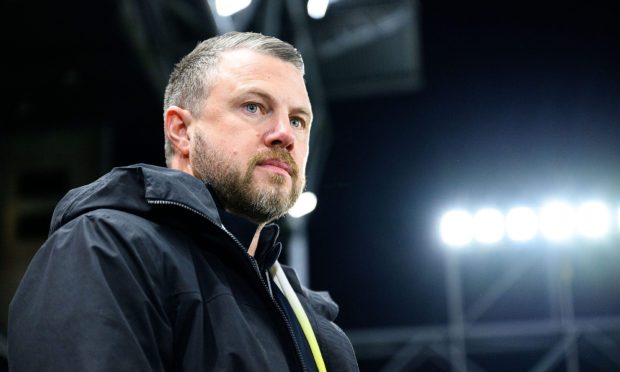
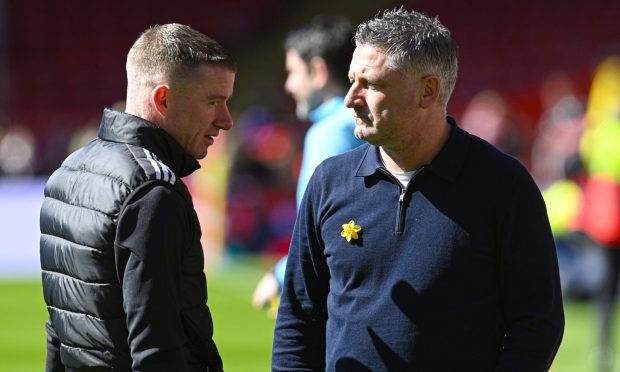
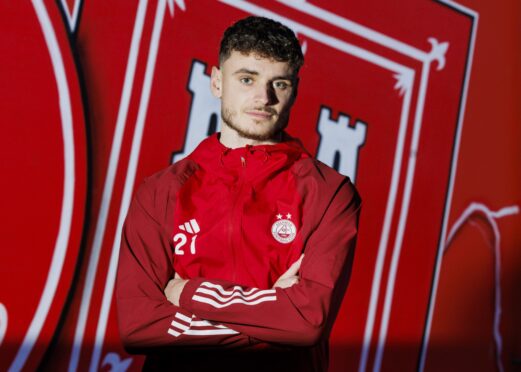
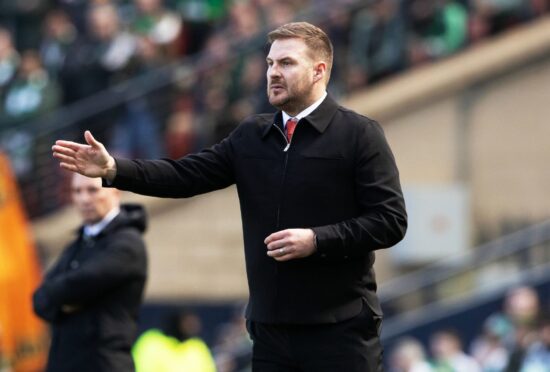
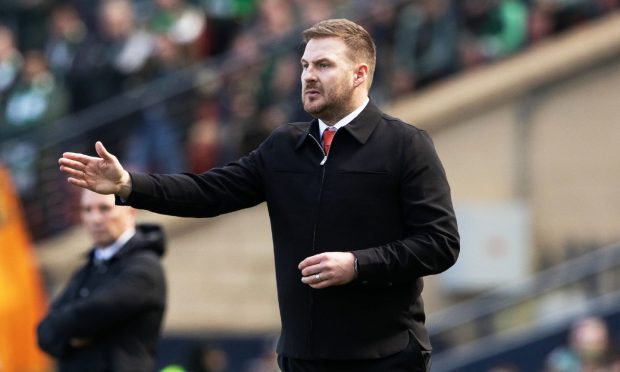
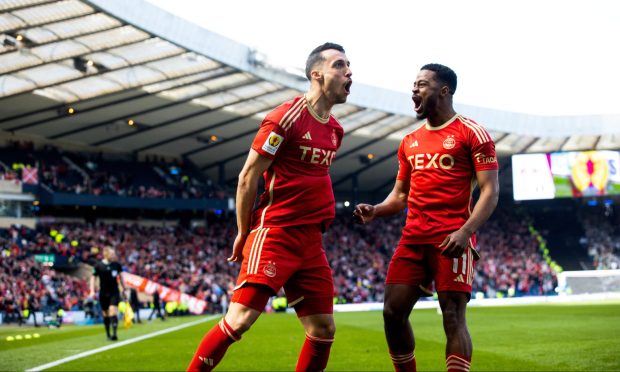
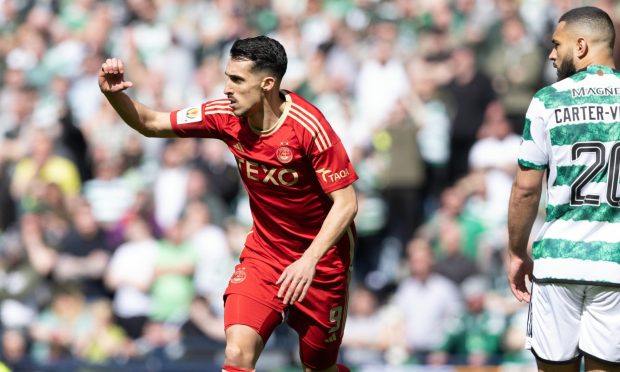
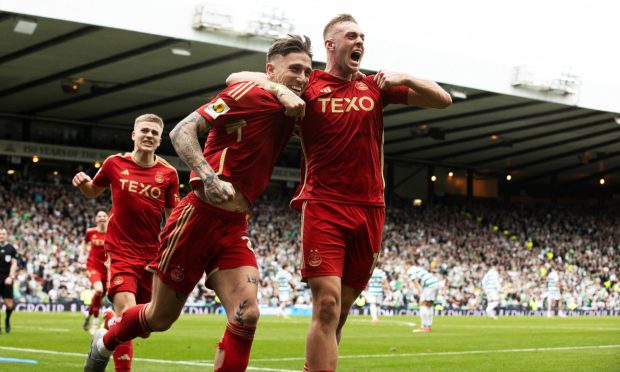
Conversation